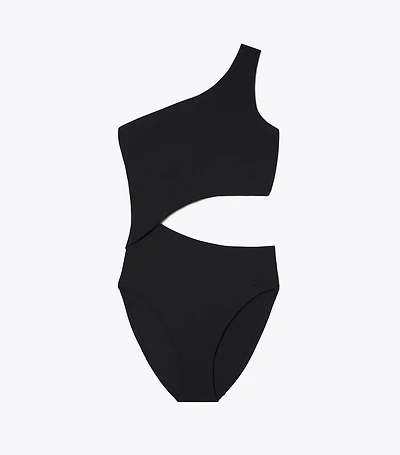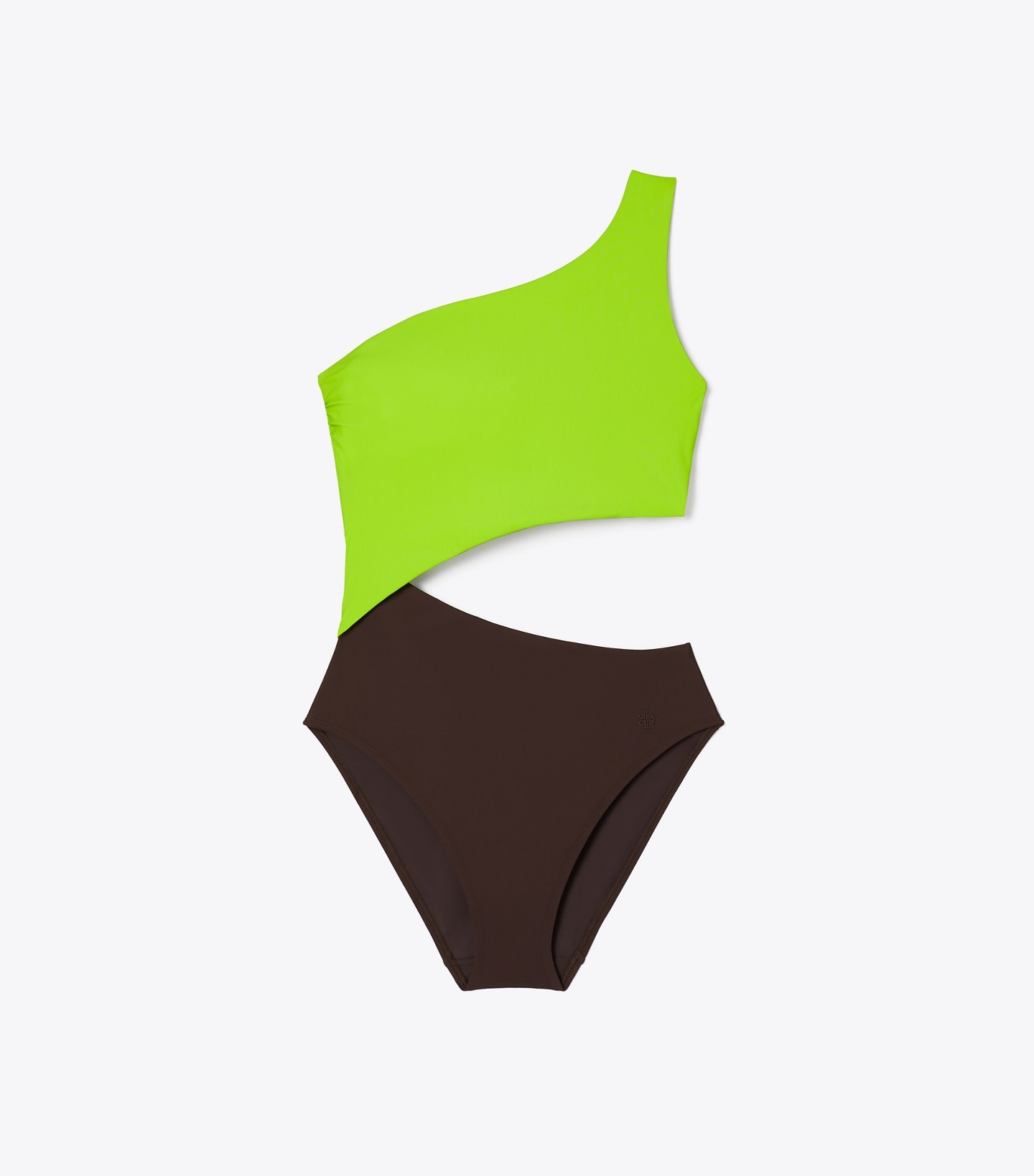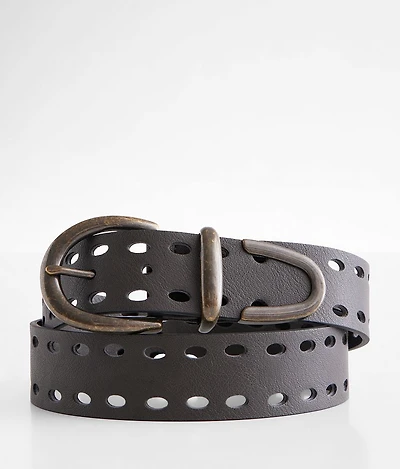Home
Matisse: Cut-outs
Barnes and Noble
Loading Inventory...
Matisse: Cut-outs
Current price: $20.00

Barnes and Noble
Matisse: Cut-outs
Current price: $20.00
Loading Inventory...
Size: OS
*Product information may vary - to confirm product availability, pricing, shipping and return information please contact Barnes and Noble
Henri Matisse
(1869–1954) was a fighting spirit. Despite a cancer diagnosis in 1941, increasing frailty, and the confines of a wheelchair, the indomitable Frenchman
never stopped in his quest to make art
. With what he called
une seconde vie
, a second life, he embarked on a remarkable collage period, cutting and pasting pieces of colored paper into
gouaches découpées
of
birds, plants, flowers, and the female form
.
Emphasizing color and contrast, the cut-out technique generated both
striking lines and vivid juxtapositions
. In works such as
Icarus
(1943),
The Blue Nude
(1952),
The Snail
(1953), and
The Sheaf
(1953),
clean forms and elemental structures
power a compositional force that belies the work’s decorative appeal, at once tightly organized and
infectious with
joie de vivre
. As his work progressed, Matisse’s excitement with his results fueled ever-larger pieces, advancing from small works to
vast wall-sized murals
As his final years approached, Matisse reveled in the simplicity and brilliance of these pieces, avowing, “Only what I created after the illness constitutes my real self: free, liberated…” In this essential introductory book, we revisit this joyful final chapter of Matisse’s long and prodigious career, examining how the
cut-outs encapsulated the artist’s many years exploring the possibilities of composition, form, and color
(1869–1954) was a fighting spirit. Despite a cancer diagnosis in 1941, increasing frailty, and the confines of a wheelchair, the indomitable Frenchman
never stopped in his quest to make art
. With what he called
une seconde vie
, a second life, he embarked on a remarkable collage period, cutting and pasting pieces of colored paper into
gouaches découpées
of
birds, plants, flowers, and the female form
.
Emphasizing color and contrast, the cut-out technique generated both
striking lines and vivid juxtapositions
. In works such as
Icarus
(1943),
The Blue Nude
(1952),
The Snail
(1953), and
The Sheaf
(1953),
clean forms and elemental structures
power a compositional force that belies the work’s decorative appeal, at once tightly organized and
infectious with
joie de vivre
. As his work progressed, Matisse’s excitement with his results fueled ever-larger pieces, advancing from small works to
vast wall-sized murals
As his final years approached, Matisse reveled in the simplicity and brilliance of these pieces, avowing, “Only what I created after the illness constitutes my real self: free, liberated…” In this essential introductory book, we revisit this joyful final chapter of Matisse’s long and prodigious career, examining how the
cut-outs encapsulated the artist’s many years exploring the possibilities of composition, form, and color
Henri Matisse
(1869–1954) was a fighting spirit. Despite a cancer diagnosis in 1941, increasing frailty, and the confines of a wheelchair, the indomitable Frenchman
never stopped in his quest to make art
. With what he called
une seconde vie
, a second life, he embarked on a remarkable collage period, cutting and pasting pieces of colored paper into
gouaches découpées
of
birds, plants, flowers, and the female form
.
Emphasizing color and contrast, the cut-out technique generated both
striking lines and vivid juxtapositions
. In works such as
Icarus
(1943),
The Blue Nude
(1952),
The Snail
(1953), and
The Sheaf
(1953),
clean forms and elemental structures
power a compositional force that belies the work’s decorative appeal, at once tightly organized and
infectious with
joie de vivre
. As his work progressed, Matisse’s excitement with his results fueled ever-larger pieces, advancing from small works to
vast wall-sized murals
As his final years approached, Matisse reveled in the simplicity and brilliance of these pieces, avowing, “Only what I created after the illness constitutes my real self: free, liberated…” In this essential introductory book, we revisit this joyful final chapter of Matisse’s long and prodigious career, examining how the
cut-outs encapsulated the artist’s many years exploring the possibilities of composition, form, and color
(1869–1954) was a fighting spirit. Despite a cancer diagnosis in 1941, increasing frailty, and the confines of a wheelchair, the indomitable Frenchman
never stopped in his quest to make art
. With what he called
une seconde vie
, a second life, he embarked on a remarkable collage period, cutting and pasting pieces of colored paper into
gouaches découpées
of
birds, plants, flowers, and the female form
.
Emphasizing color and contrast, the cut-out technique generated both
striking lines and vivid juxtapositions
. In works such as
Icarus
(1943),
The Blue Nude
(1952),
The Snail
(1953), and
The Sheaf
(1953),
clean forms and elemental structures
power a compositional force that belies the work’s decorative appeal, at once tightly organized and
infectious with
joie de vivre
. As his work progressed, Matisse’s excitement with his results fueled ever-larger pieces, advancing from small works to
vast wall-sized murals
As his final years approached, Matisse reveled in the simplicity and brilliance of these pieces, avowing, “Only what I created after the illness constitutes my real self: free, liberated…” In this essential introductory book, we revisit this joyful final chapter of Matisse’s long and prodigious career, examining how the
cut-outs encapsulated the artist’s many years exploring the possibilities of composition, form, and color

















